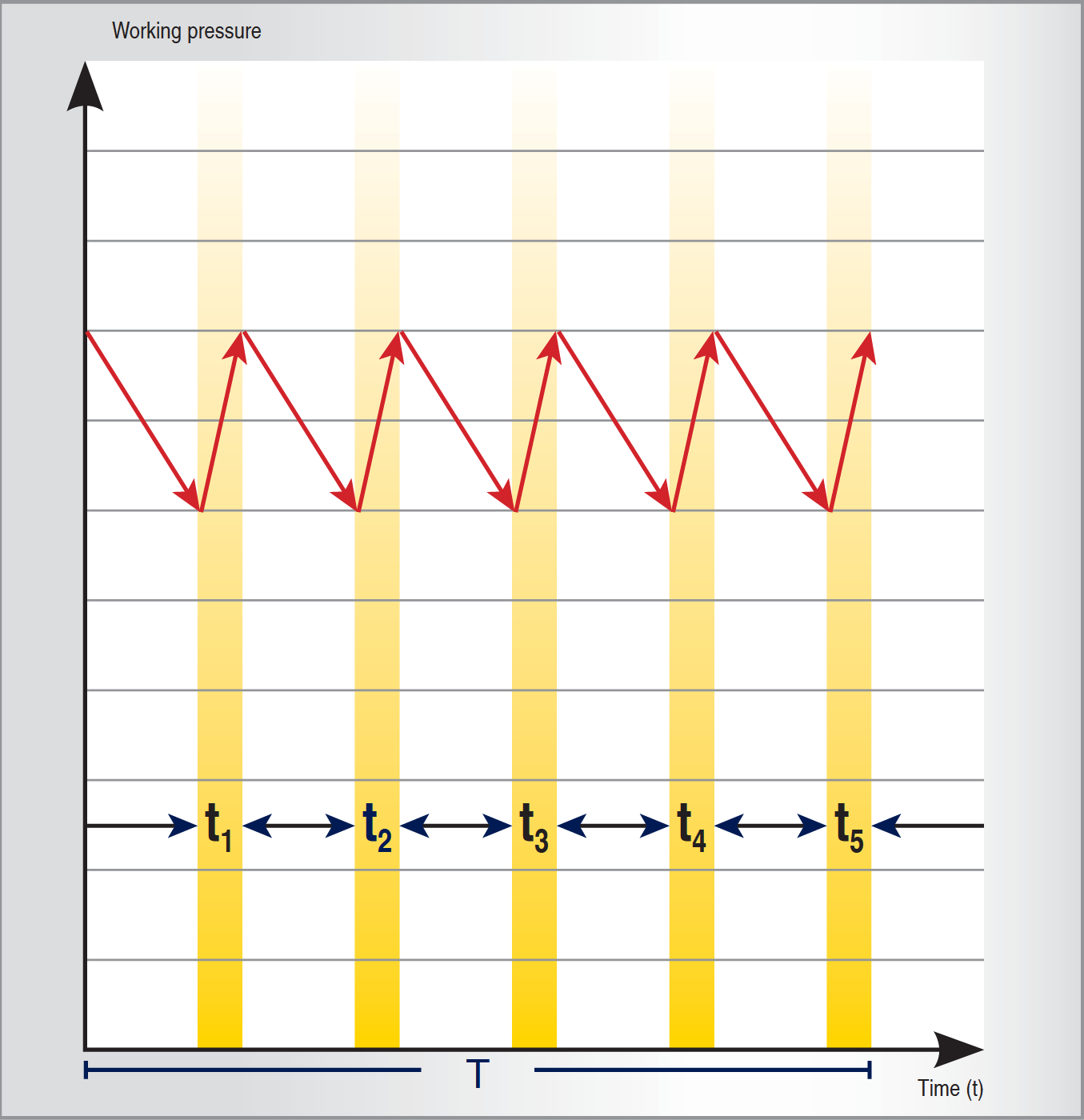A huge amount of cash is needlessly wasted year in, year out due to ageing or poorly maintained air distribution systems which allow valuable energy to escape unused. Resolving these deficiencies requires considerable thought and involves a lot of hard work. Here are some useful tips for correct refurbishment and modernisation of compressed distribution systems.
1. The basic requirement: Dry compressed air
When planning a new air main, mistakes leading to problems in the future can be avoided. Modernisation of an existing compressed air main is not always straightforward and is pointless if the air being fed into the distribution network contains moisture. Before beginning such work, make sure the air is dried at source.
2. What if there is an excessive pressure drop in the air distribution network?
If the pressure drop in the main is excessive, even after a satisfactory treatment system has been installed, then the cause is probably deposits in the pipes. Contaminants carried in the compressed air are deposited on the pipe walls, reducing their effective diameter and narrowing the passage through which air fl ows.
a) Replacement or blow out
If the deposits are fi rmly encrusted there may be no alternative but to replace sections of pipe. However, it is possible to blow out the pipes if the inside diameter is only slightly narrowed by deposits, followed by thorough drying before bringing them back into service.
b) Installing supplementary lines
A good way of increasing the effective diameter of a spur line is to connect a second pipe in parallel with it. A supplementary ring main can also be laid if the inside diameter of the original ring is too narrow (Fig.1).

If correctly sized, a supplementary spur line or double ring not only relieves the pressure drop problem but also increases the reliability of the distribution network in general. A further possibility for improving the airflow in a ring main is to expand the system by using cross-connection lines (Fig. 2).

3. Identifying and rectifying leaks
A primary objective of any modernisation project must be to stop, as far as possible, leakage of air in the main network.
a) Determining total leakage losses
The scope of the overall air leakage loss should be determined before searching for individual leaks in the network. This is done relatively simply with the help of a compressor – all air consumers are left connected but switched off and the cut-in times of the compressor are measured over a specific period (Fig. 3).

The results are then used to deter- mine leakage with the following formula:

VC = Compressor flow rate (m³/min)
∑ tx = t1 + t2 + t3 + t4 + t5 - time that the compressor ran on-load (min)
T = Total time (min)
b) Measuring leakages at the air-consuming equipment
In order to determine leakage losses in decentralised compressed air consumers, all pneumatic tools, machines and equipment should fir st be connected and the sum of all leakages should be measured (Fig. 4).

Then, the shut off valves upstream of all air-consuming equipment are closed and the measurement is made again to deter- mine the leakage in the air distribution network (Fig. 5).

4. Where do most leakages occur?
Experience shows that 70% of leaks from an air main occur in the last few metres of the network, i.e. at or near the air take-off point. These leaks can usually be pinpointed with the help of soap suds or special sprays.
The main pipe work is only a source of significant leakage if old hemp seals in an originally damp network that have been kept damp by the moist air then dry out when the network is fed by dry air. Leaks in main air pipe distribution networks are best detected with the aid of ultrasonic equipment.
When the last leak has been located, removed and the effective diameter of the pipeline is sufficient for the flow rate required, then the old air main has (once more) become an efficient air distribution system.